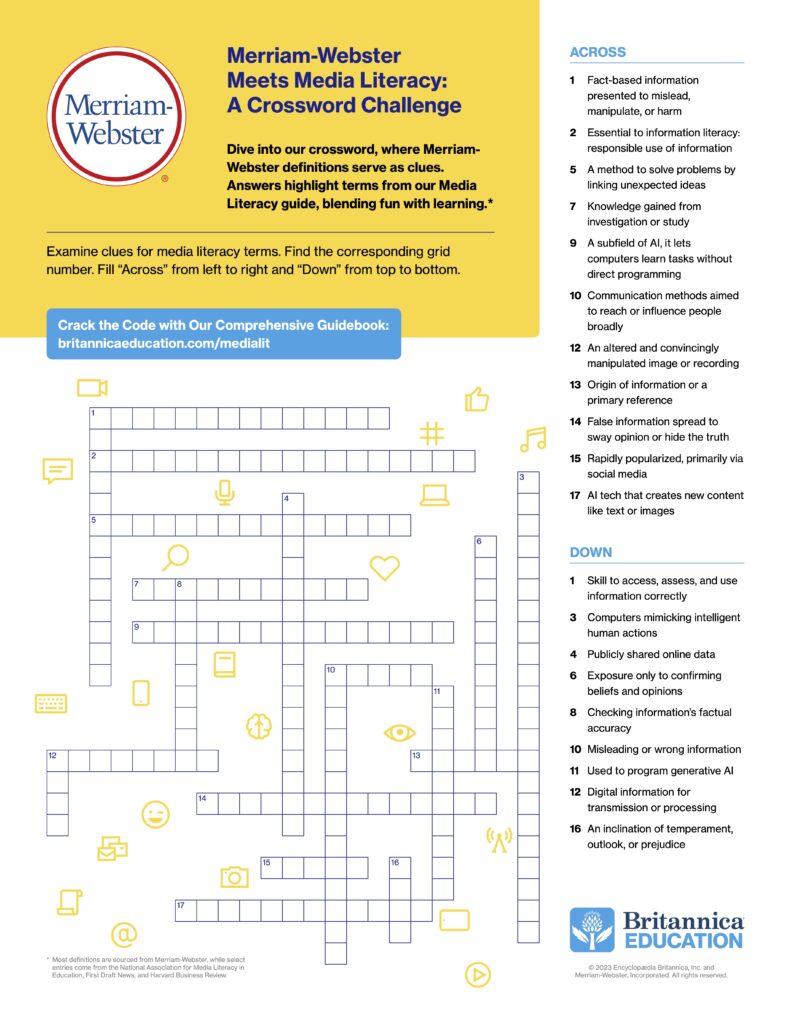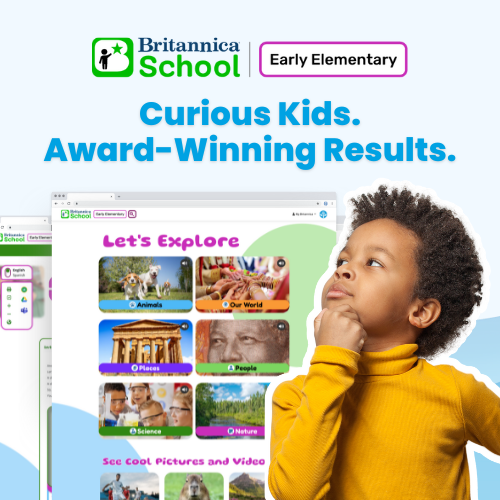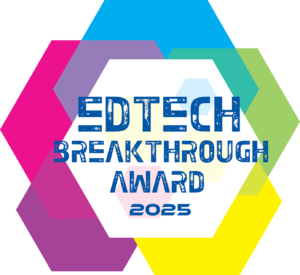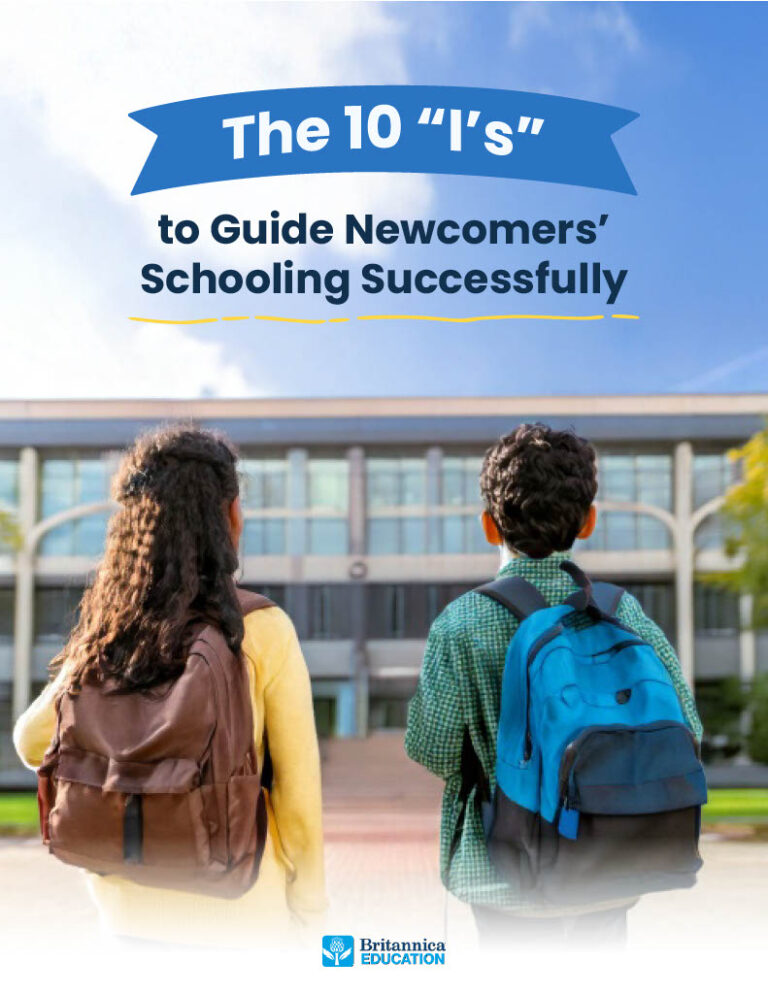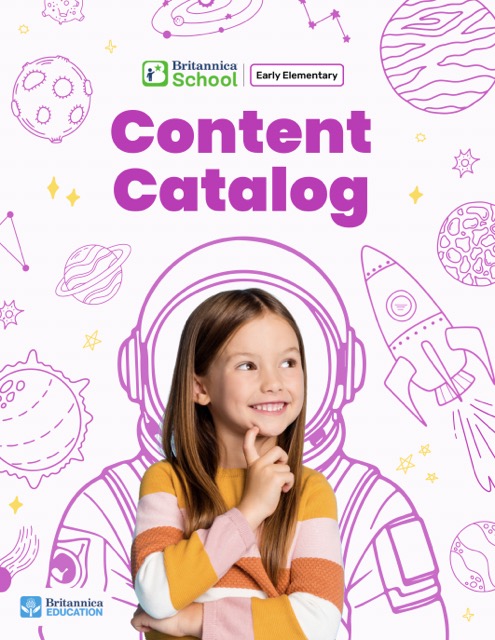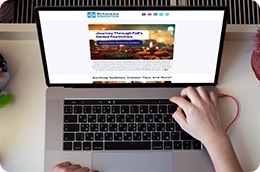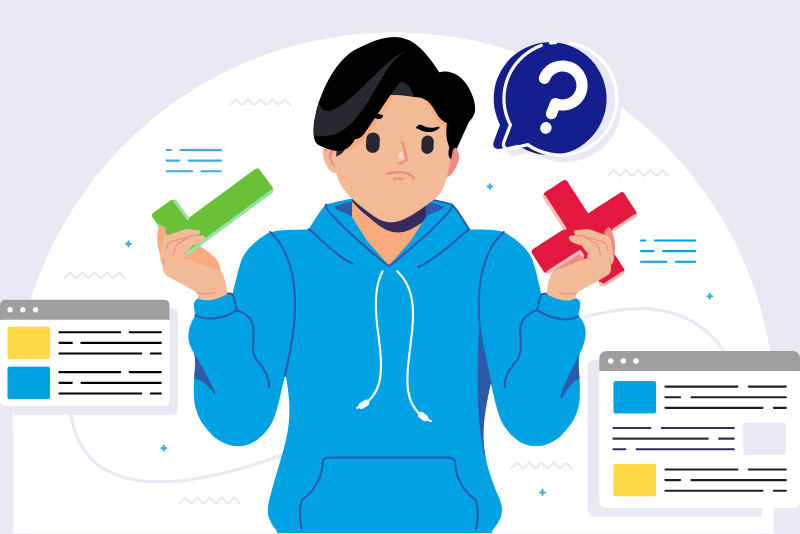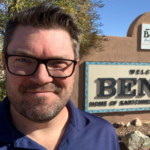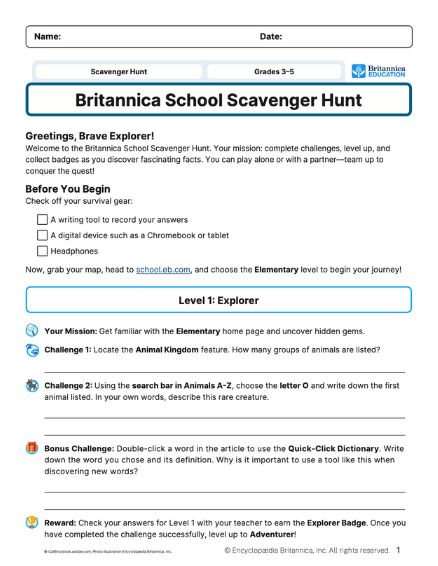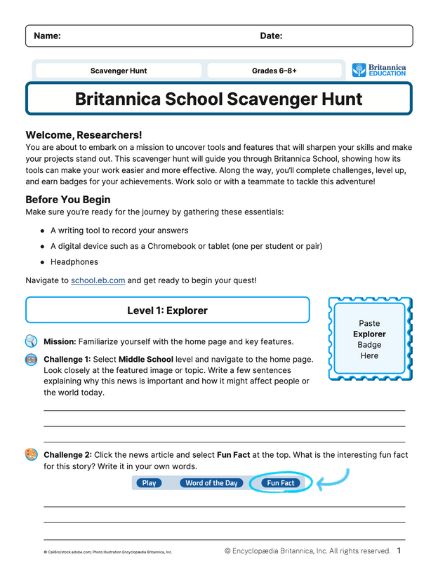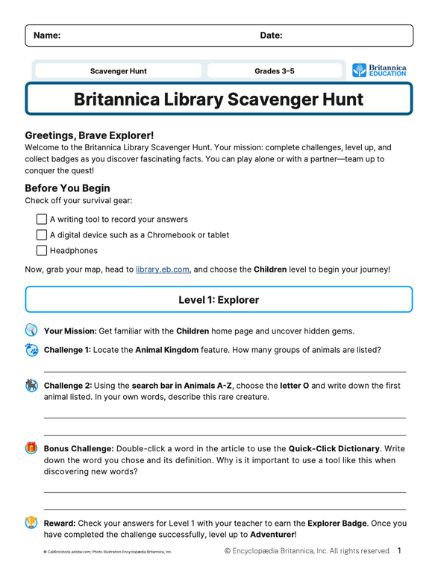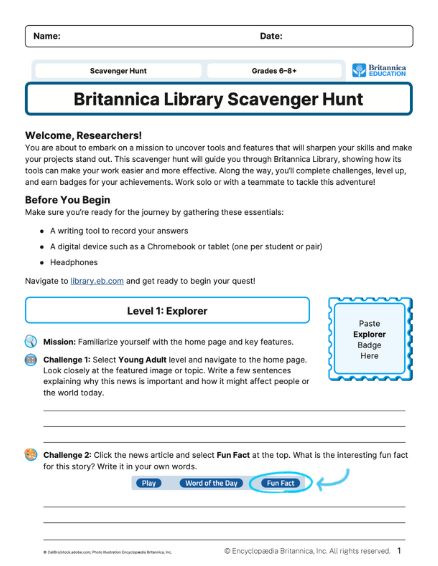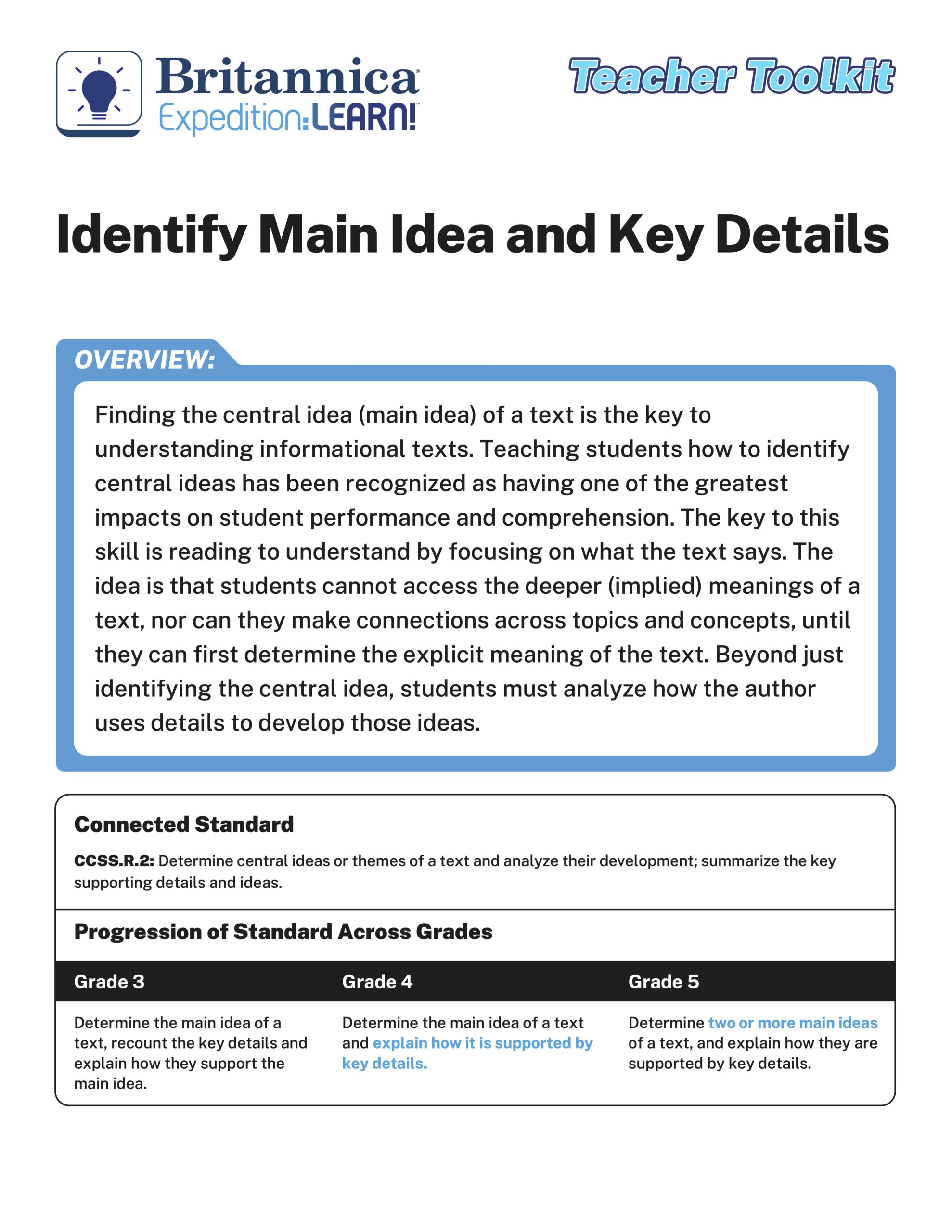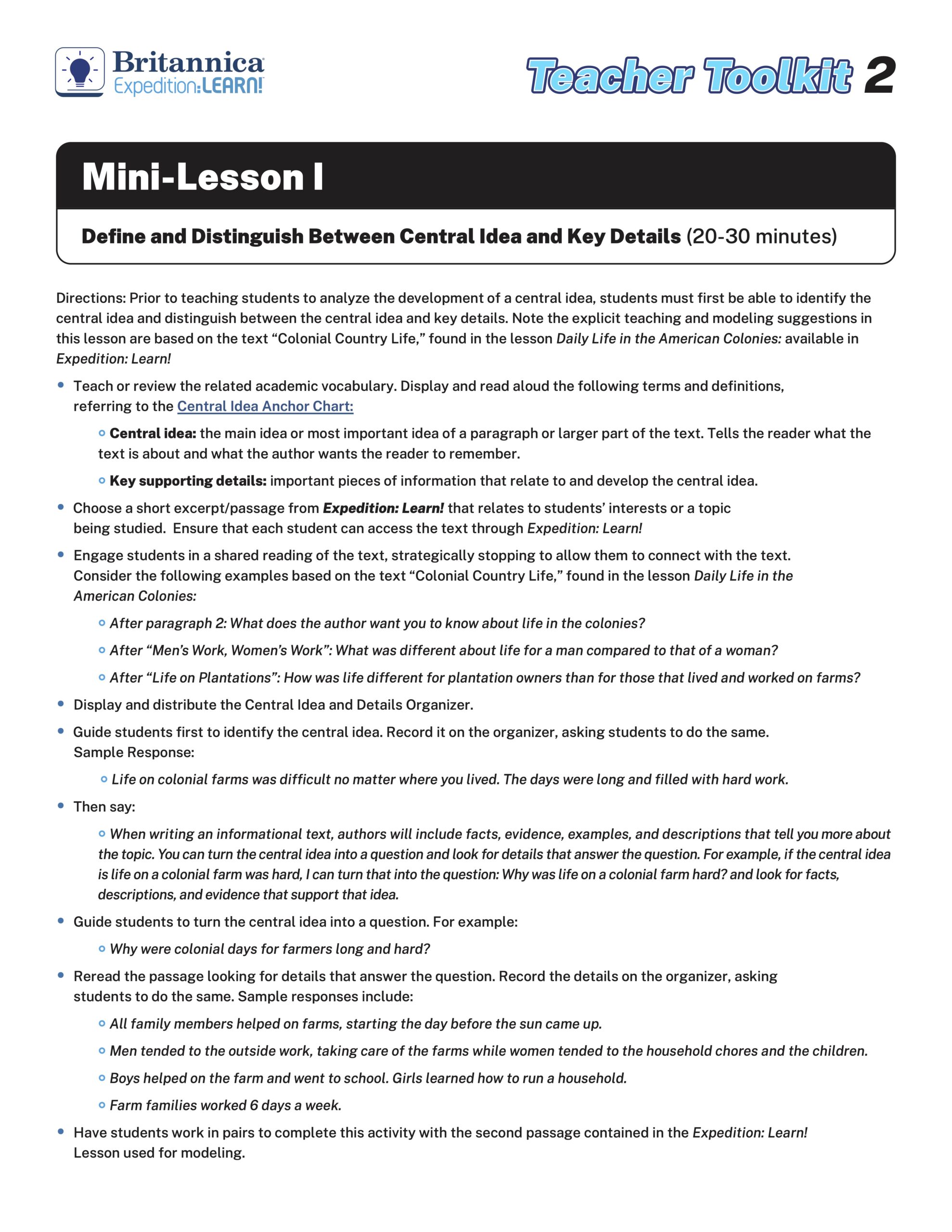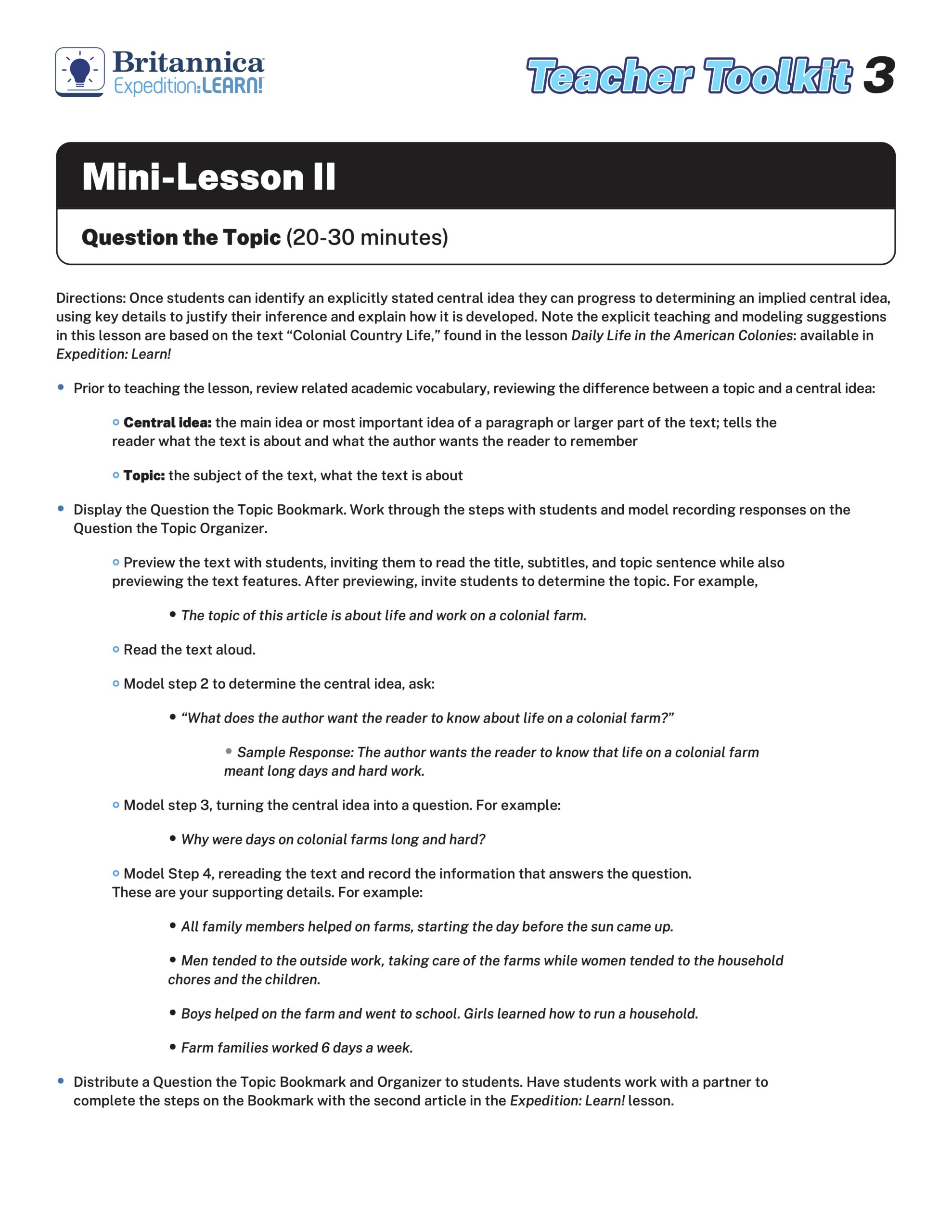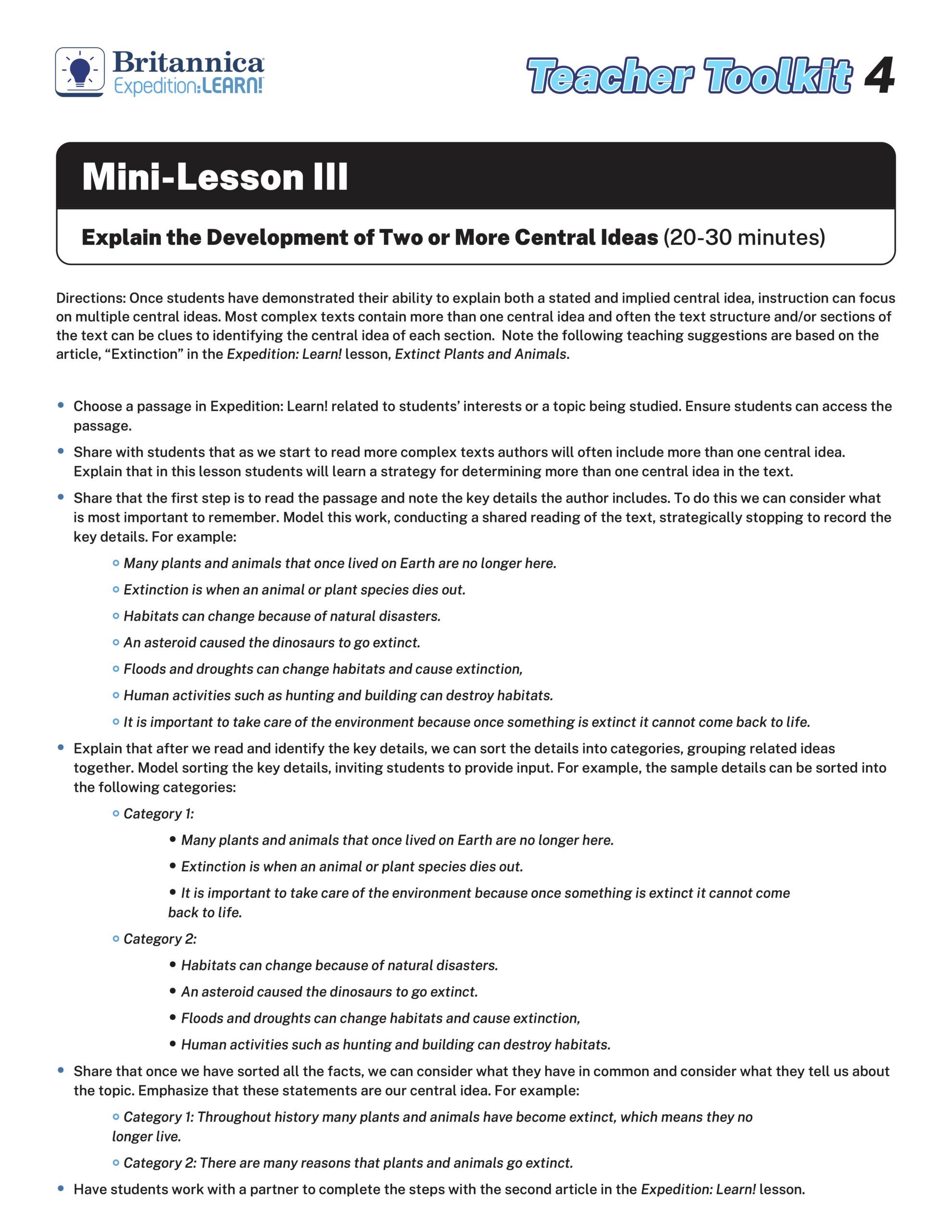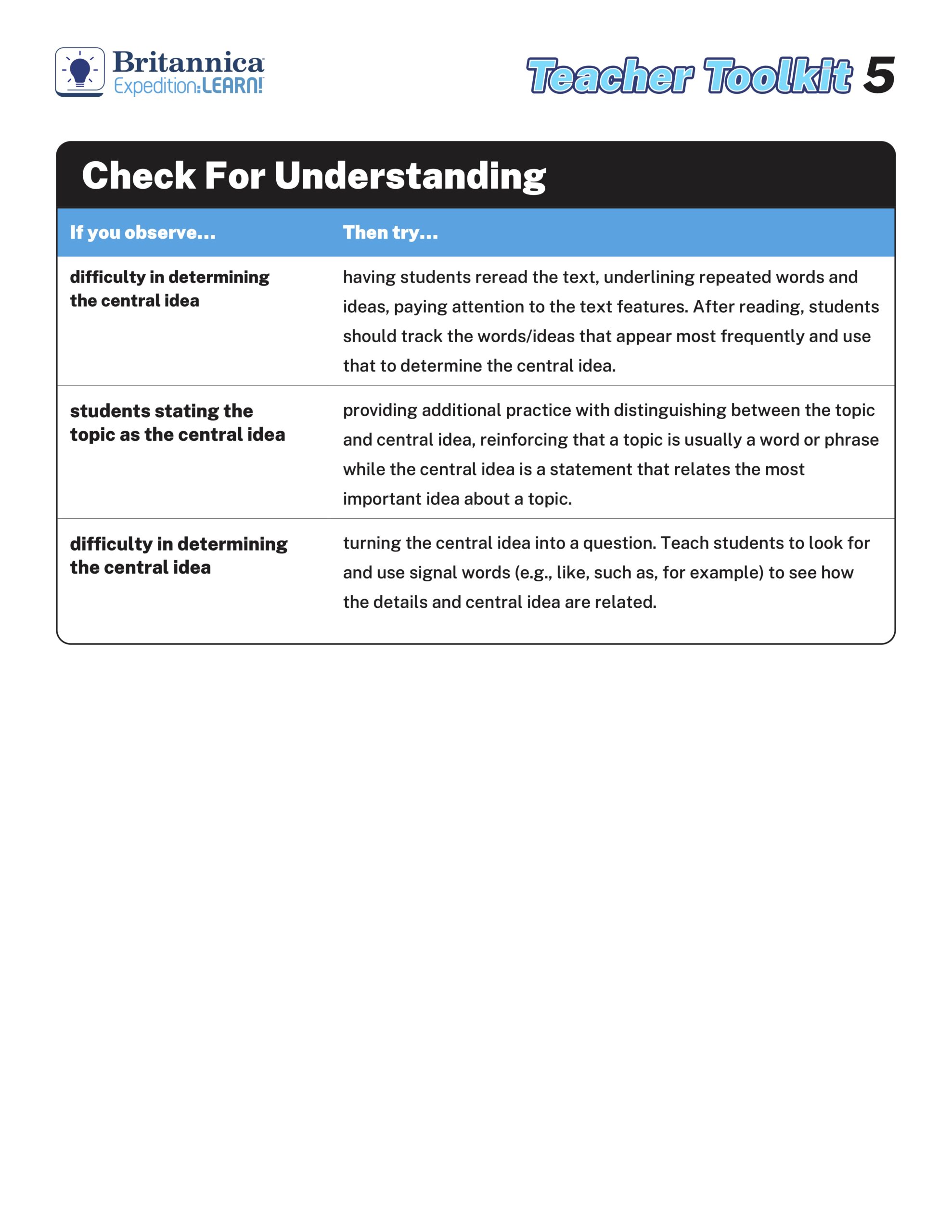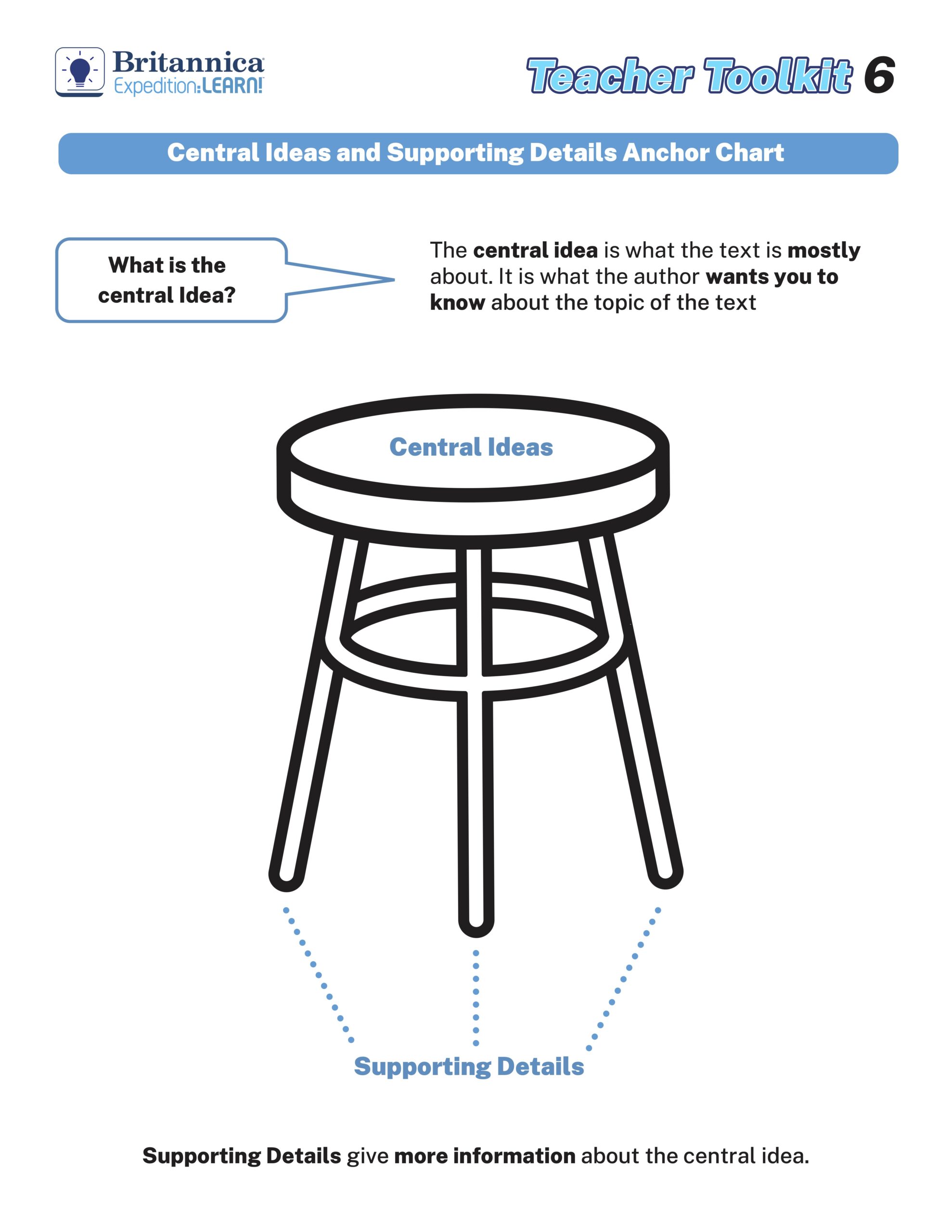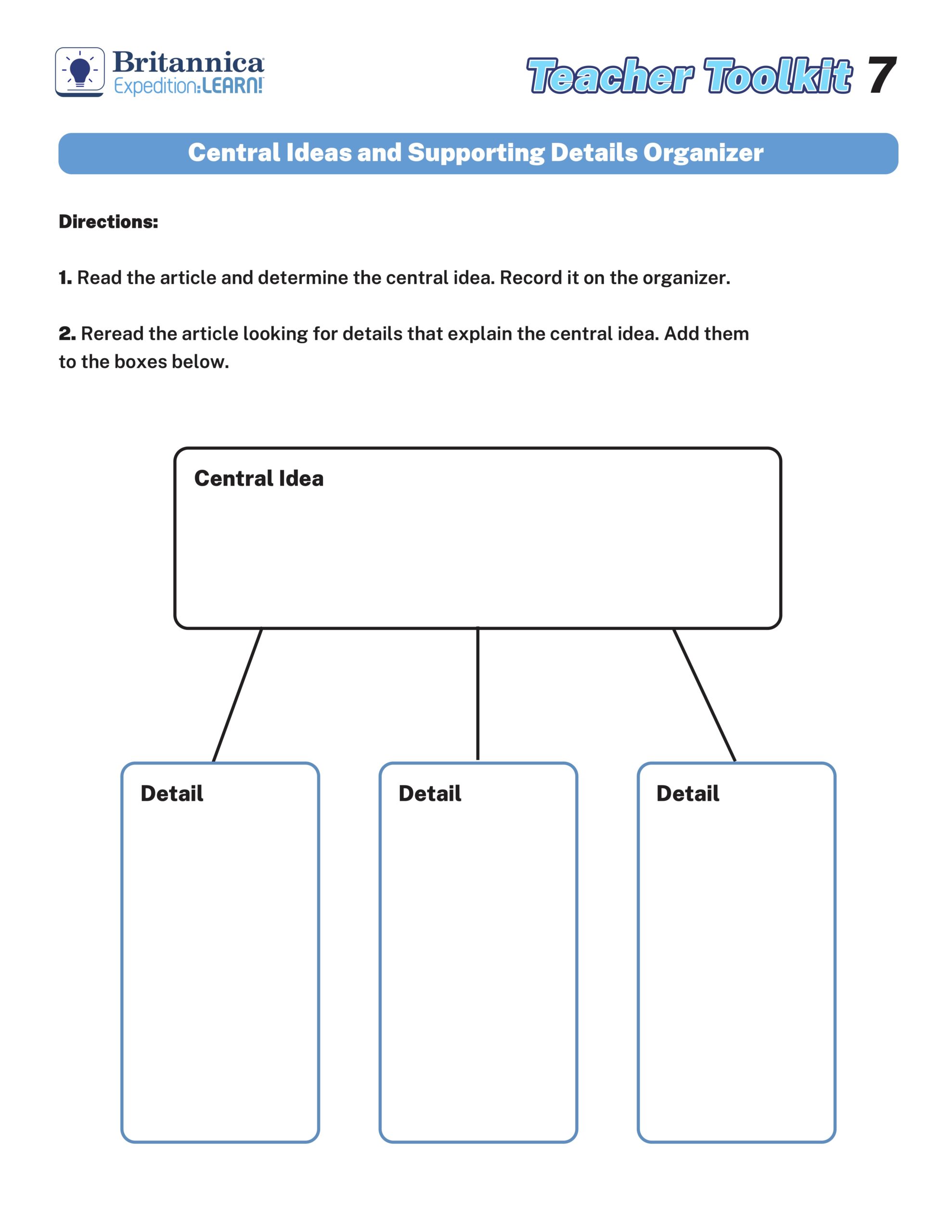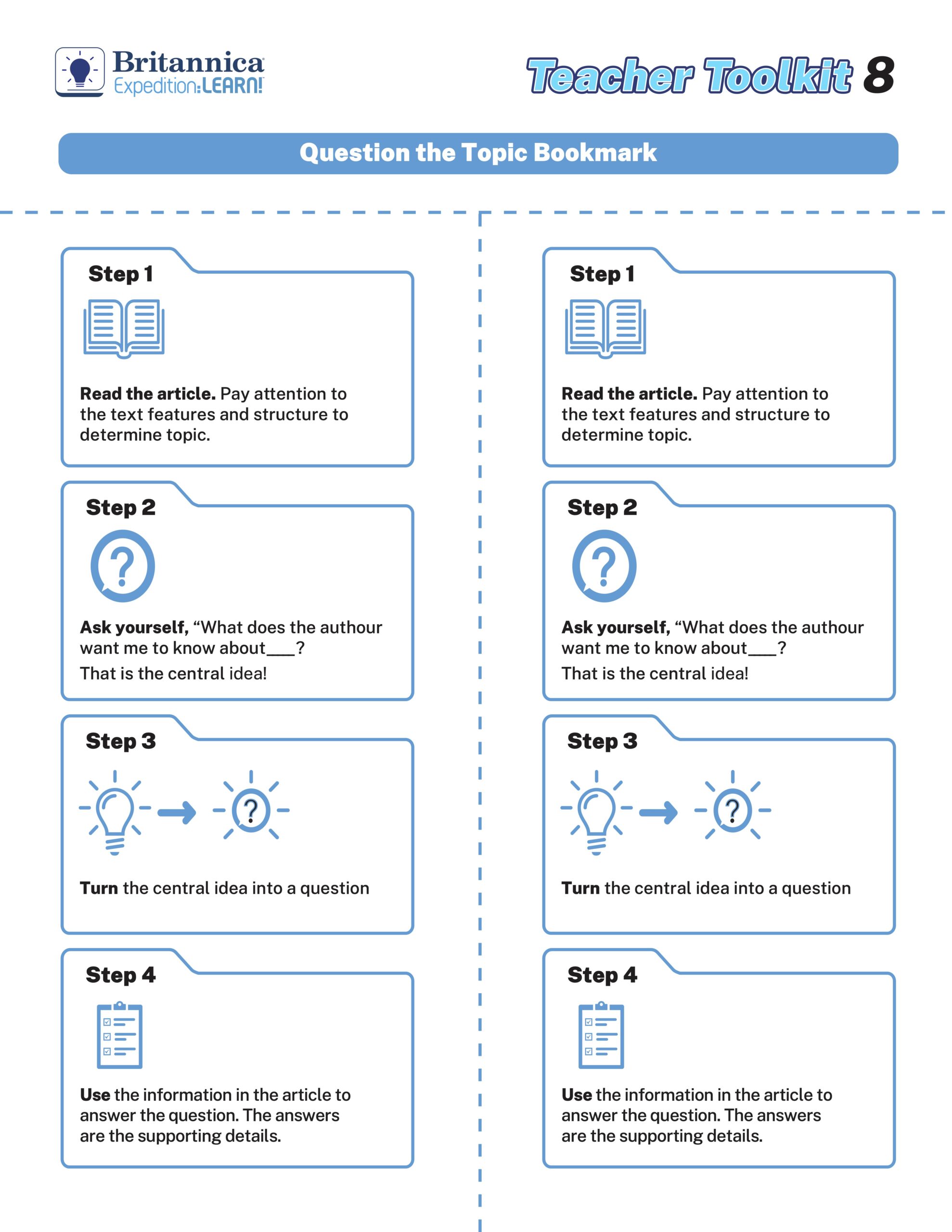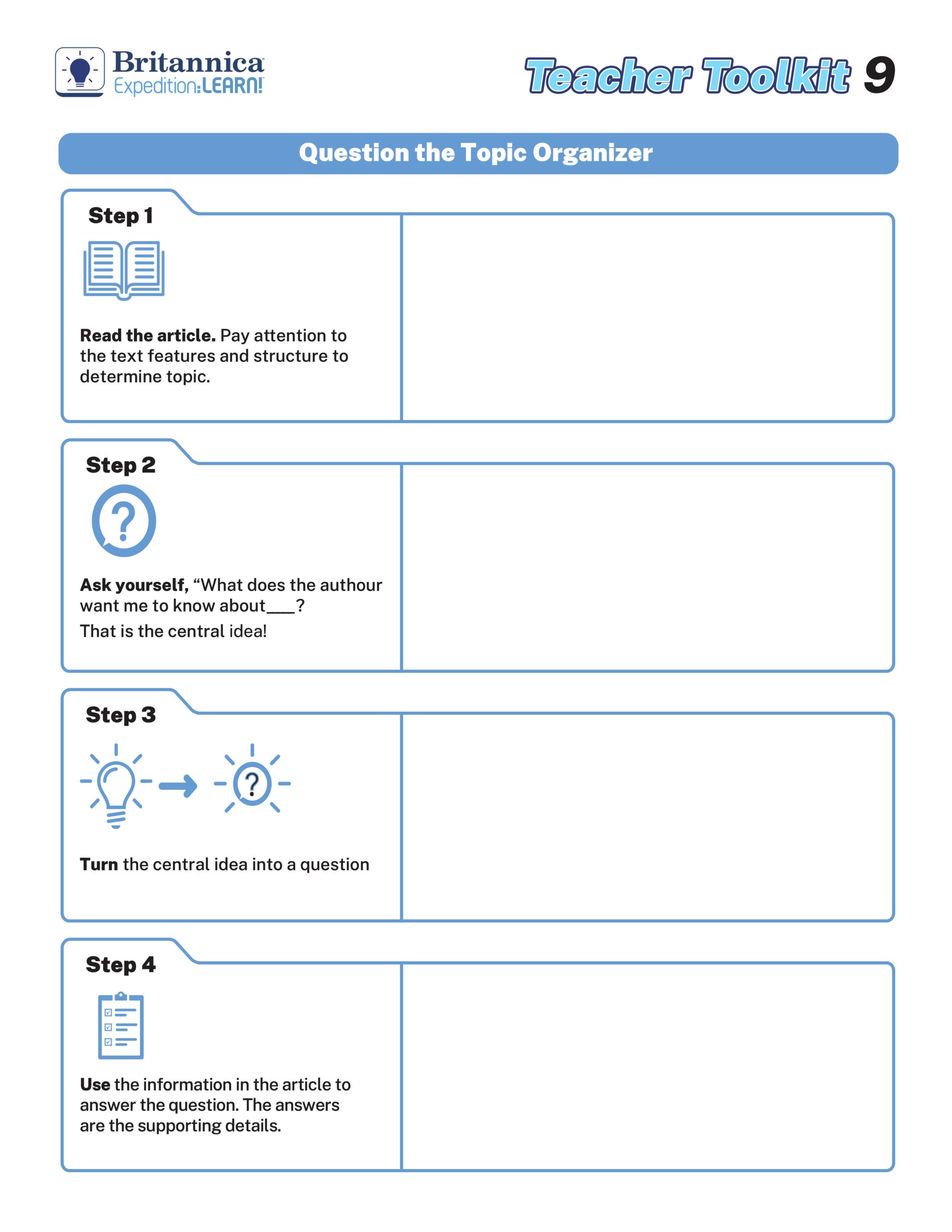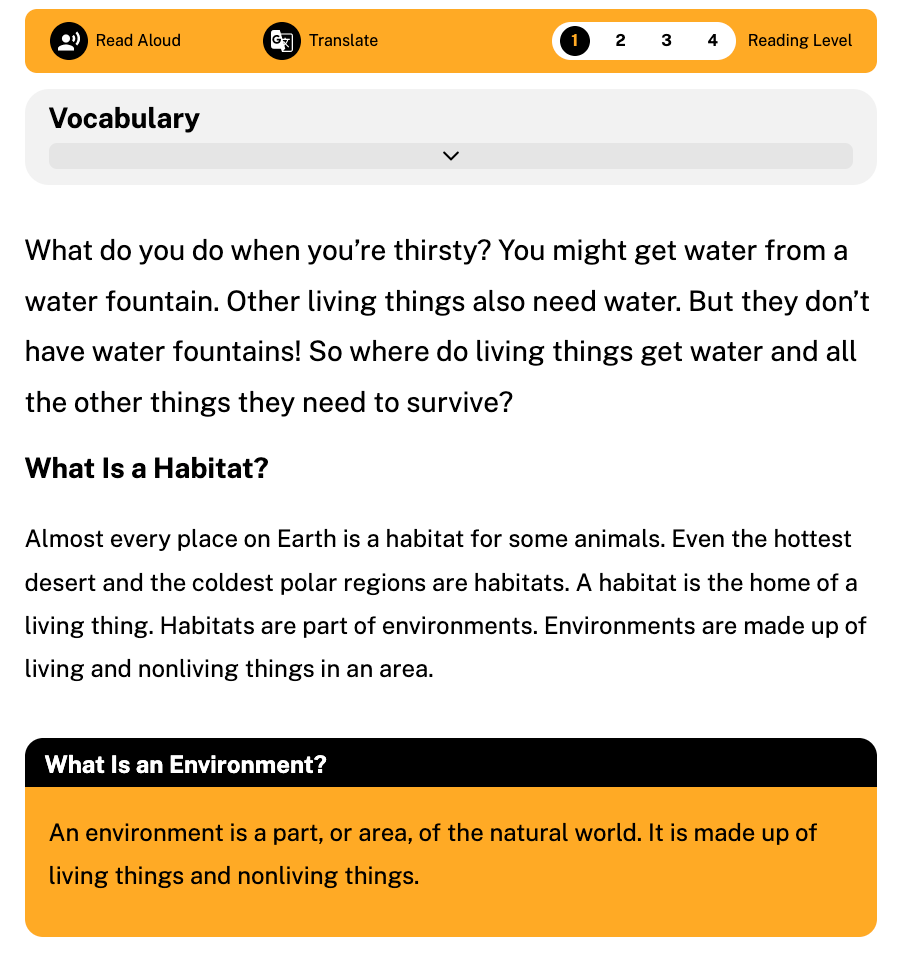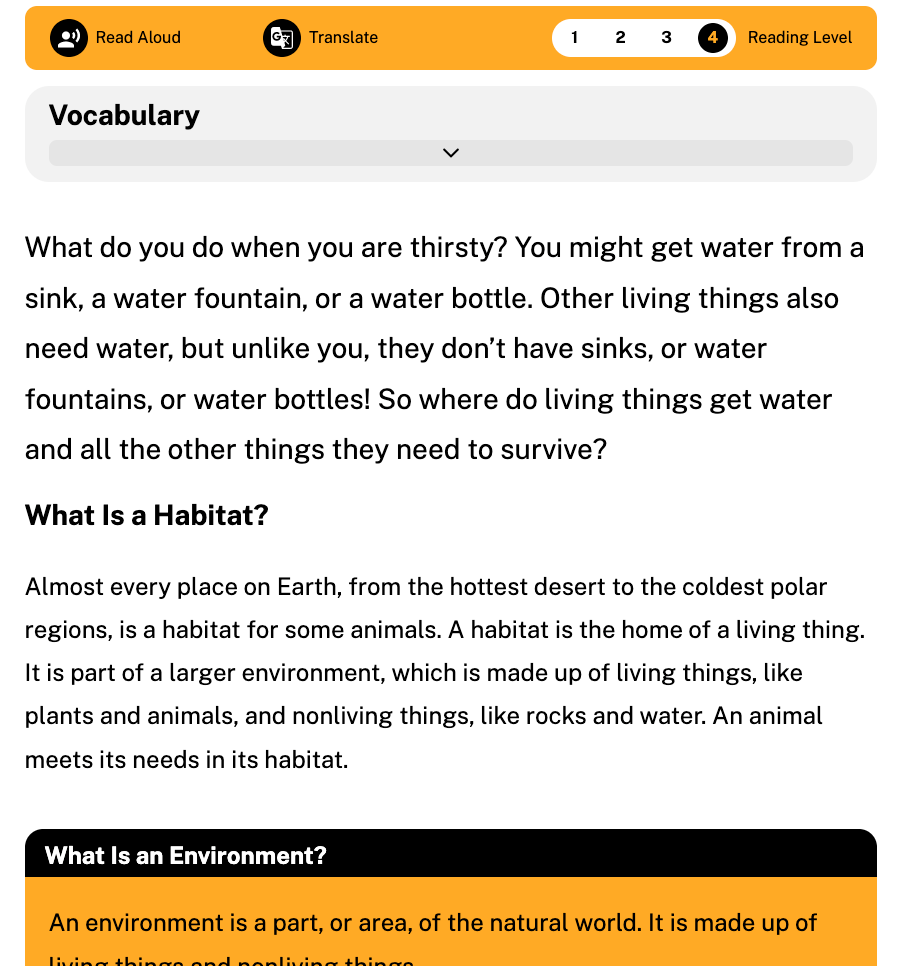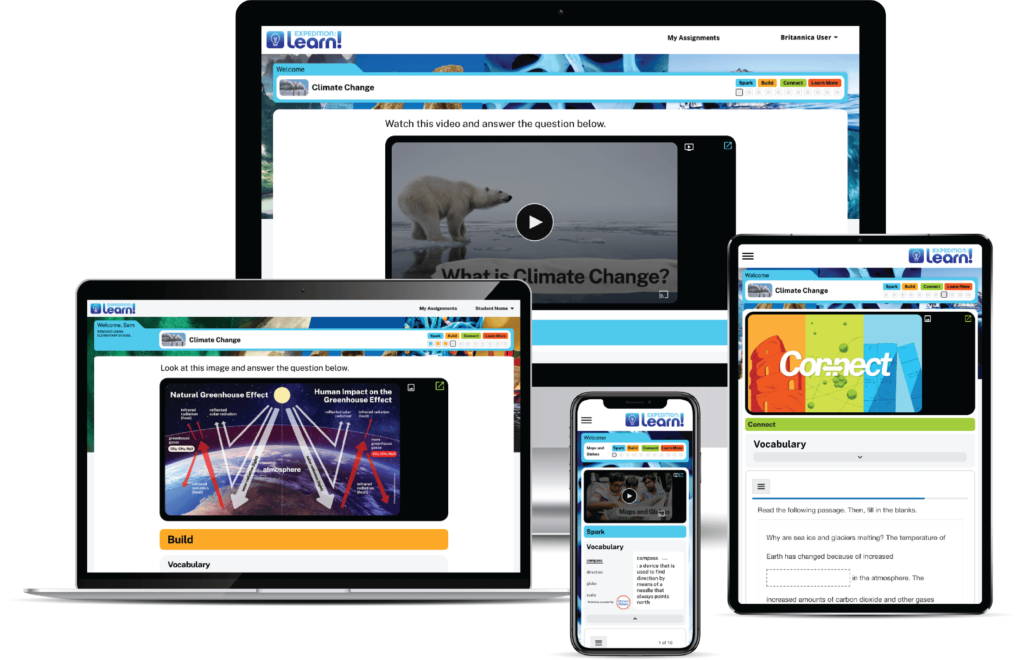Have you ever questioned your media savviness in an era of infinite information? Do you understand the difference between misinformation and disinformation? What is your grasp on generative AI? Algorithms? What does it mean to have a digital footprint?
As an educator leading the charge for the next generation, the ability to master technical terminology in media literacy isn’t just helpful, it’s essential.
Word of the Day
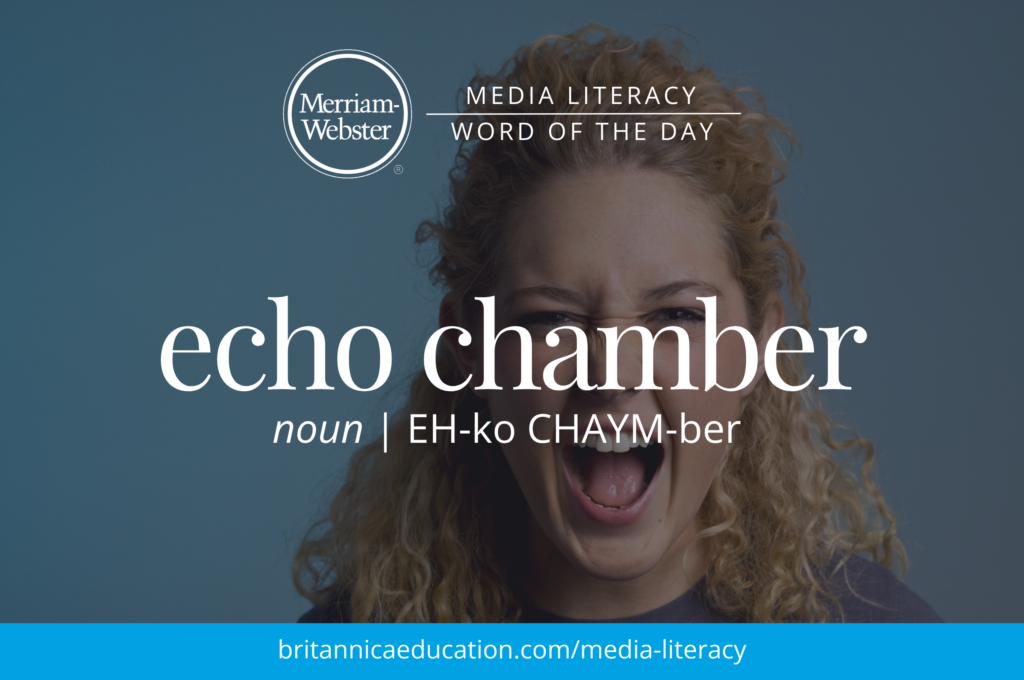
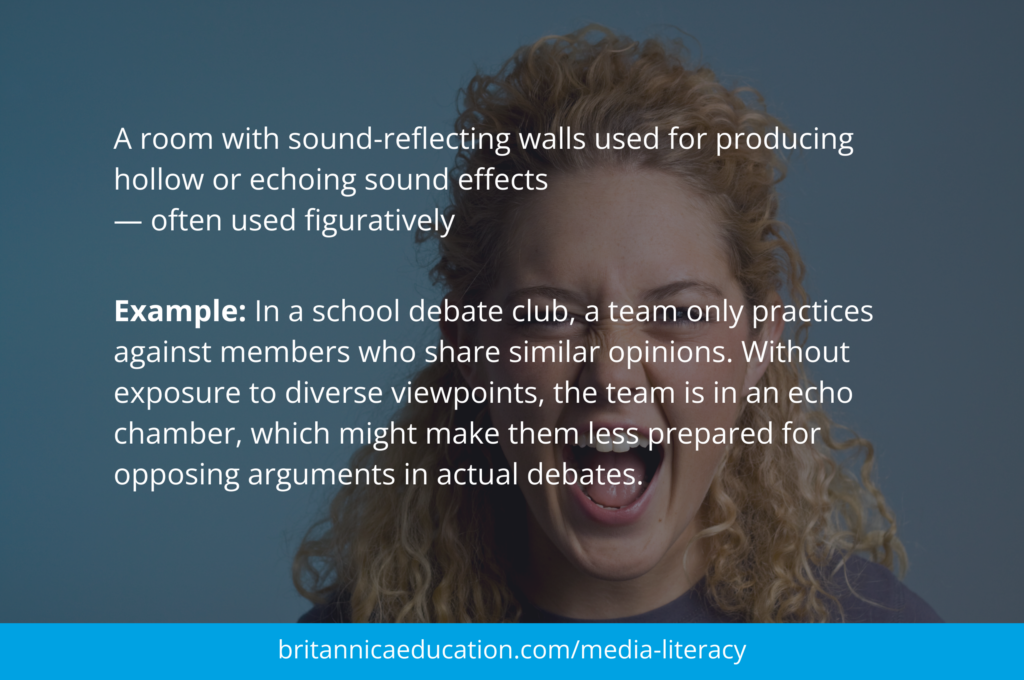
Examine key terminology related to media literacy, featuring several definitions from Merriam-Webster, America’s Most Trusted Dictionary, and go over this information vocab list with your students.
AI technology capable of generating new content, such as text or images, in response to a submitted prompt by learning from a large reference example database; information is coherent, contextually relevant, and often indistinguishable from that generated by humans.
Example: For a creative writing project, students create an outline or build on their current piece by inputting prompts into a generative AI tool like ChatGPT, which then suggests possible additions.
False information deliberately and often covertly spread to influence public opinion or obscure the truth.
Example: During an internet safety lesson, students learn about instances where fake social media profiles were created to deliberately spread false narratives.
A method of solving problems by making unusual or unexpected connections between ideas; Exploring multiple sources and perspectives to understand the broader context and verify information.
Example: In a group project, students are tasked with researching the pros and cons of a topic. Instead of solely relying on a textbook, a student cross-references multiple news articles, documentaries, and podcasts to develop a more comprehensive view.
An image or recording that has been convincingly altered and manipulated to misrepresent someone as doing or saying something that was not actually done or said.
Example: For a class presentation on the impact of technology, a student showcases a video where a famous historical figure appears to be delivering a modern speech. They explain to the class how they used deepfake technology to create the illusion.
This represents an area of sound-reflecting walls that produce echoes, often used figuratively to depict one living in an echo chamber of their own opinions, paying attention to information that fits their conclusions and ignoring information that does not.
Example: In a school debate club, a team only practices against members who share similar opinions. Without exposure to diverse viewpoints, the team is in an echo chamber, which might make them less prepared for opposing arguments in actual debates.
Discover more terms in our Media Literacy Guidebook >>
To make each word and definition effectively stick, try a “Word of the Day” activity in which you focus on one key term at a time, each with a real-world example. Practice makes perfect!
Classroom Activities to Help Media Literacy Terms Stick
After going over the terms on this list above, try these three interactive activities. Ensure your students feel comfortable interacting with these concepts and learn to think critically about the intricacies of media in today’s digital age.
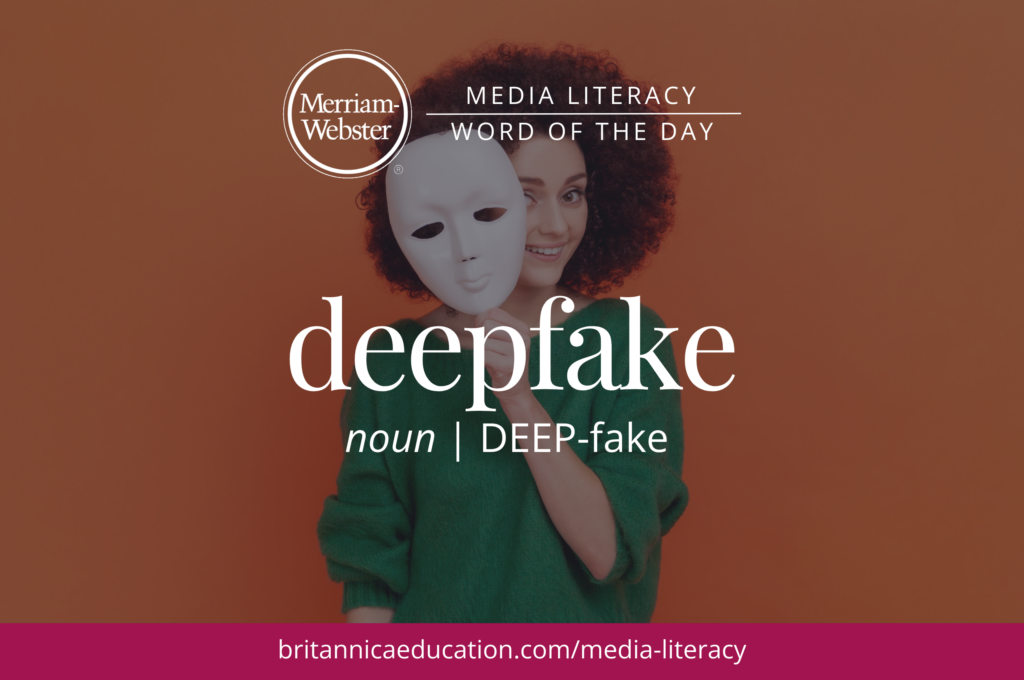
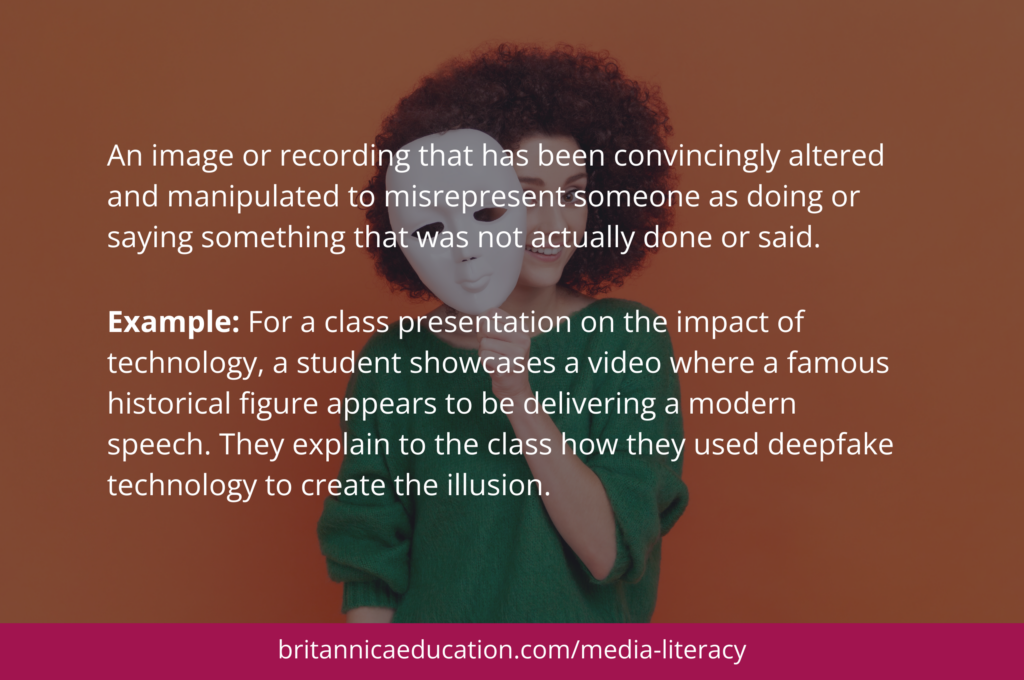
A Crossword Challenge
Embark on a journey of discovery with our Merriam-Webster Meets Media Literacy: A Crossword Challenge. In this engaging puzzle, Merriam-Webster definitions serve as clues, guiding students through a world of media literacy concepts. This activity is more than a test of vocabulary; it’s an exciting venture into critical thinking, problem-solving, and broadening understanding in an interactive, memorable way. Get ready to challenge your media literacy skills and dive deep into the nuances of digital era terminology.
1. Introduce Activity: Begin by highlighting the importance of mastering media terminology. Discuss how a strong vocabulary is essential for insightful discussions about media content, sources, and impacts.
2. Complete Crossword: Challenge students with our interactive crossword. As they solve, encourage them to use the glossary from our comprehensive guidebook, where Merriam-Webster definitions assist in deciphering clues. This approach helps students familiarize themselves with media literacy terminology in a hands-on way. Ensure each student or pair has a copy of the glossary to aid them in solving the puzzle.
3. Final Review: After completing the puzzle, facilitate a class discussion on the terms. Encourage exploration of challenging concepts, fostering a deeper understanding and curiosity.
Media Collage
Help students build a comprehensive understanding of various media forms as they critically evaluate how different sources present information and the potential impact on audiences.
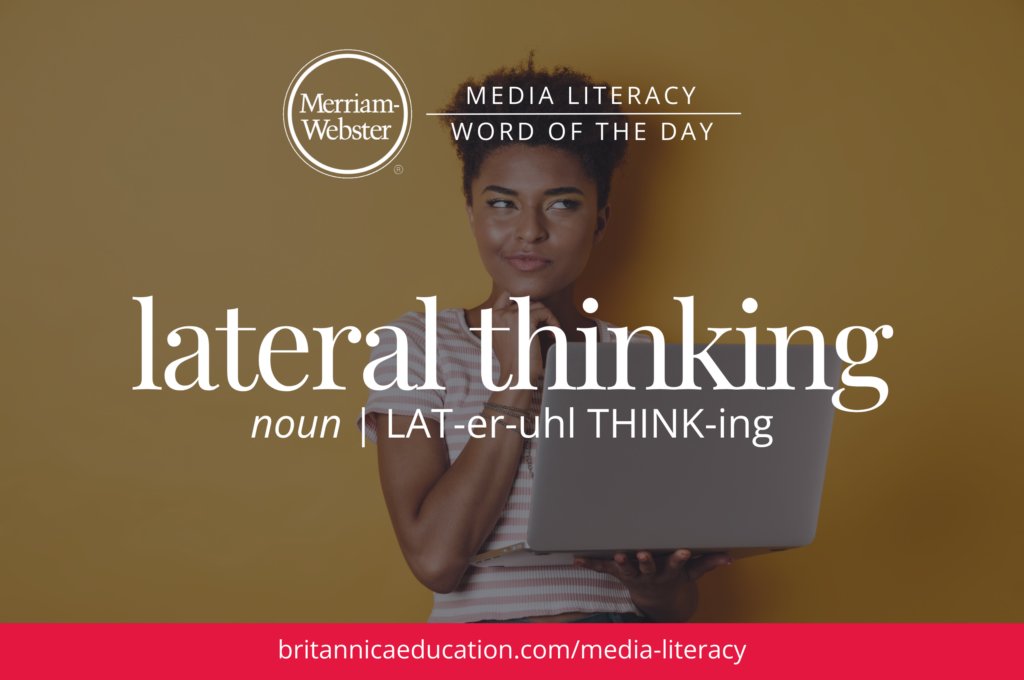
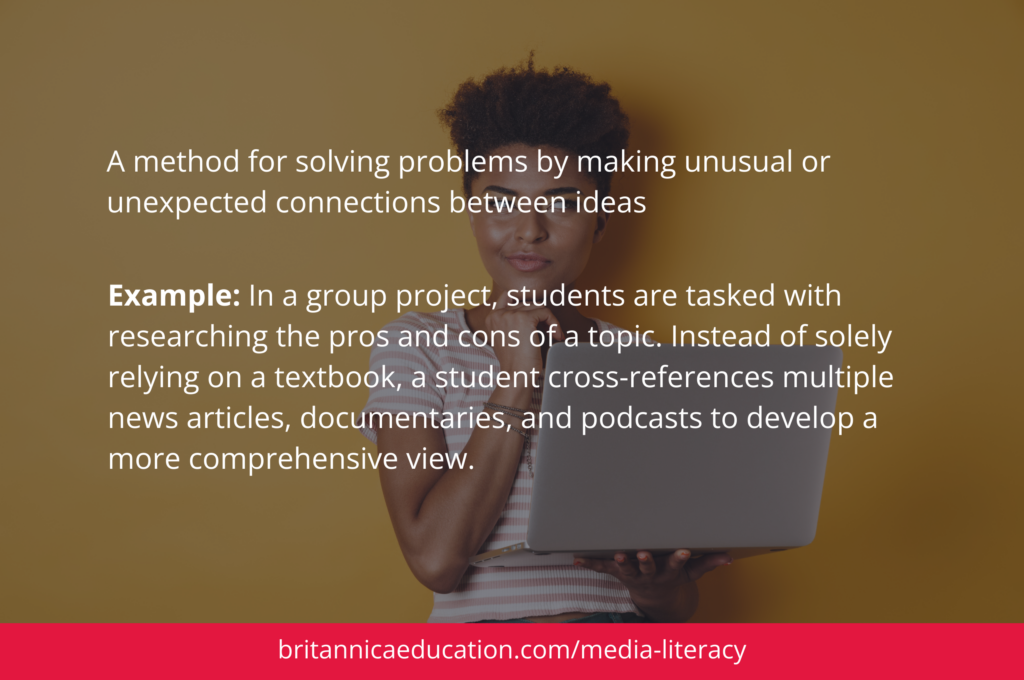
1. Introduce Project: Begin by overviewing the definition of ‘media’ and its various forms. Explain to students that media is designed to communicate messages and influence audiences.
2. Collect Media: Ask students to spend a few days collecting examples of media, such as newspapers, magazines, screenshots of social media posts, advertisements, video thumbnails, etc.
3. Create Collage: Instruct students to create a collage that represents the different forms of media they’ve collected. They should group similar media types together and label each section.
For a printed collage, provide students with large poster papers, glue, scissors, and markers, and have them clip their media collections. If you prefer to engage your students using a digital collage, tools like Canva or Google Slides work great!
4. Present and Reflect: Have each student present their collage to the class. As they spotlight their collection, encourage them to explain their thought process and discuss any patterns or trends they noticed. Conclude with a group discussion on how different media sources present the information and the potential effects on the viewer or reader.
Disinformation Detective
Guide your students to differentiate between misinformation, disinformation, and malinformation by analyzing various pieces of content. Keep in mind the motivations behind misleading information and its potential consequences on public perception.
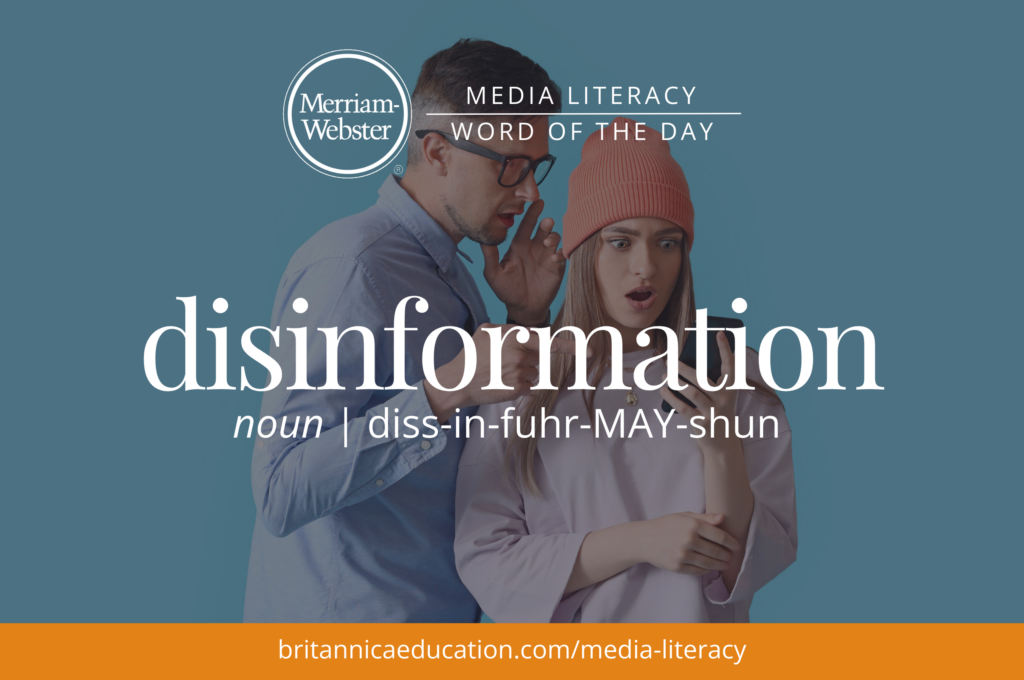
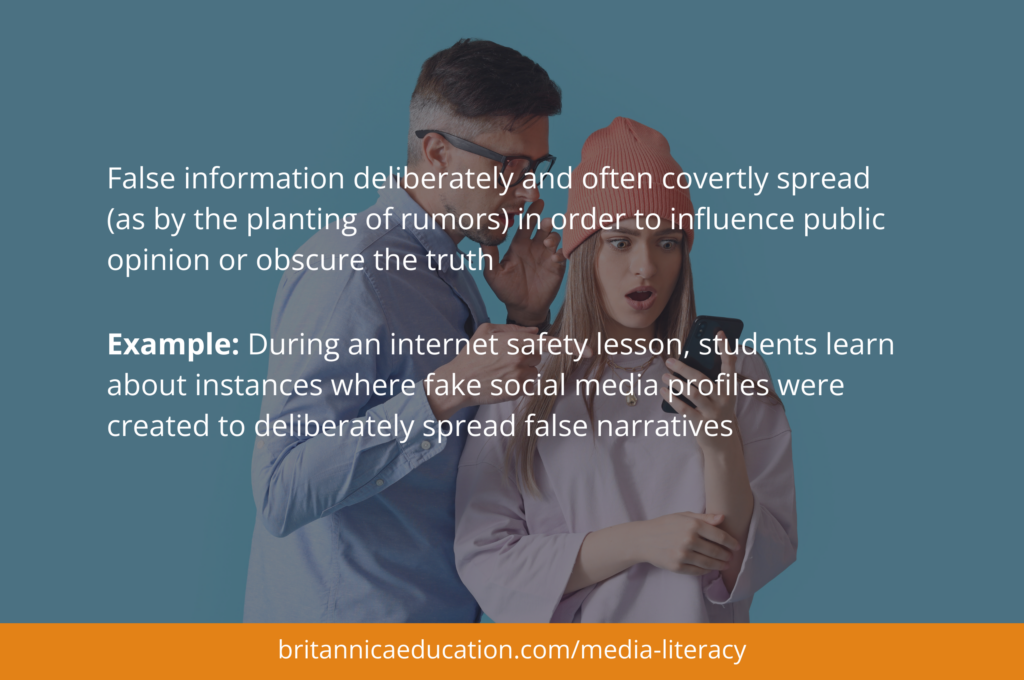
1. Introduce Project: Begin with a discussion on the definitions of misinformation, disinformation, and malinformation. Use real-world examples to illustrate each term.
2. Detective Work: Provide students with different types of articles, memes, social media posts, or news clips (both digital and printed). These pieces should be a mix of misinformation, disinformation, and malinformation. Ask students to work in pairs or small groups to categorize each piece of content and justify their decisions.
3. Discuss Together: After students have had time to analyze the content, have each group share their findings—end. End by reflecting on the importance of media literacy and the potential societal impacts of misleading information.
Navigating the vast media, AI, and misinformation world can be daunting. Mastering the jargon isn’t just handy—it’s crucial. Equip yourself with our concise Media Literacy for the Digital Era: A School and District Guide to Navigating Modern Media, crafted with educators like you in mind.
This is just the beginning! Keep an eye on your inbox for ongoing resources, tailored content, and the latest insights to keep you informed and ahead of the digital curve.


